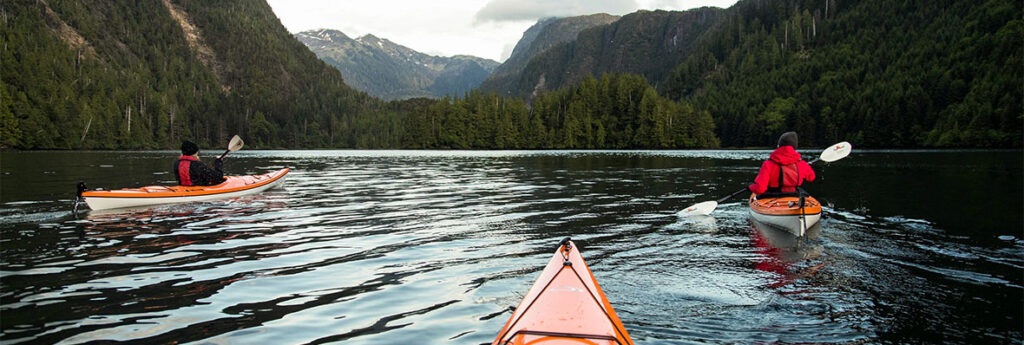With summer vacation in full swing and travel restrictions in the rear-view mirror, the Indigenous Tourism Association of Canada thinks you should think about a visit to one of Canada’s National Parks – many of which are tinged with Indigenous flavour and culture – and this summer may well be the best time to discover them.
Parks Canada and the Indigenous Tourism Association of Canada have a four-year memorandum of understanding which recognizes the role that Indigenous Peoples have in protecting the historic sites, national parks and marine conservation areas, and it encourages the sharing of stories that inhabit these treasured places.
“We are so fortunate to live in a vast and ecologically diverse country,” said Keith Henry, ITAC President and CEO. “Our protected parklands hold a millennia of Indigenous history, waiting to be told.”
For instance, in Quebec, ITAC recommends a visit to Forillon National Park in eastern Quebec on the south shore of the Gaspe peninsula.
Forillon National Park was the first national park in Quebec. It’s best known for the region’s colourful underwater plants and wildlife, including its colonies of birds, whales and seals. Gesgapegiag is one of three First Nations communities on the South Shore of the Gaspesie, most of whom are of Mi’kmaq ancestry. The Mawiomi grounds are often home to cultural events and Mi’kmaq art.
After a day of shopping and exploring, sample some freshly caught jagej (lobster) in the newly expanded Gesgapegiag Lobster Hut. Only a short, five-minute drive from Forillon National Park is Gaspe, home to the Gespeg Interpretation Site. The history of this community began in the 16th century when the Gespeg Mi’kmaq settled in Gaspe Bay, getting its name from the Mi’kmaq word “gespeg,” which translates to “where the earth ends.”
That’s not all.
A short drive from Quebec is Ontario, where ITAC recommends visiting Tobermory – home to Bruce Peninsula National Park, which is known for its beautiful limescale cliffs, caves, and waterfront. Also located there, Cape Croker Park is both a campground and a provider of Indigenous cultural experiences that educate travellers on the rich history of the Anishinaabe. The Anishinaabe people existed in this area before it was known as Bruce Peninsula. Today, visitors can hear stories that have been passed down through generations.
In the other direction, tourists headed east can check out Newfoundland’s Gros Morne National Park, located in Rocky Harbour, Newfoundland. ITAC recommends it because of how many people flock to this site to observe the gorgeous red landscape, caused by tectonic shifts and exposure of the earth’s mantle. Travel back in time at Gros Morne to truly understand how the First People in Canada thrived in one of Canada’s toughest environments.
Canada’s National Parks were seeing upwards of 25 million visitors every year before the pandemic.
Now, more than ever, henry said, it’s important to support Indigenous tourism businesses, which took a tremendous hit during the pandemic lockdown and travel restrictions that were just recently fully relaxed.

